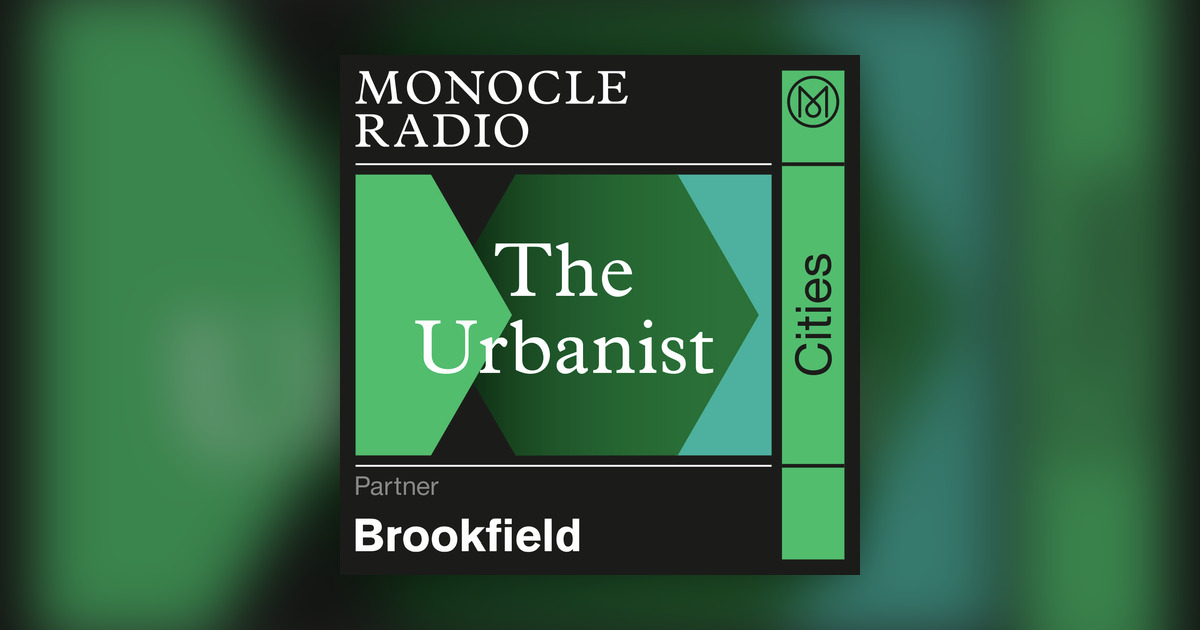Redefining Infrastructure: A Vision for Sustainable Urban Living
In the ever-evolving dialogue surrounding urban development, the concept of infrastructure is undergoing a significant transformation. Traditionally associated with mere physical constructs such as roads, bridges, and transportation systems, infrastructure is now increasingly viewed through a multifaceted lens that encompasses the broader implications for community well-being and sustainable living. The shift from conventional infrastructure to one that fosters inclusive, climate-resilient environments marks a pivotal moment in our approach to urbanization, as highlighted at the recent Abu Dhabi Infrastructure Summit.
The discussions at the summit delved deep into how infrastructure can serve as a catalyst for positive change—one that not only enhances connectivity and mobility but also enriches the quality of life for residents. The focus on inclusive neighborhoods aims to ensure that every community member, irrespective of socioeconomic status, has access to essential services and vibrant public spaces. This approach underscores the idea that infrastructure should not merely support economic activities but also promote social equity and community cohesion.
At the heart of this paradigm shift is the realization that climate change poses a pressing threat to urban areas worldwide. Climate-resilient design has emerged as a necessary principle in infrastructure planning, aiming to fortify cities against the adverse effects of environmental change. For instance, Abu Dhabi’s urban planners are now prioritizing the development of green spaces and sustainable drainage systems that can absorb heavy rainfall and mitigate flooding, safeguarding both property and lives. Such innovative approaches reflect a commitment to creating adaptable urban environments that can withstand the challenges posed by climate change.
Mobility, too, has taken on a new significance. As cities grow denser and populations swell, the demand for efficient transportation solutions has become critical. Infrastructure is no longer limited to roads and transit lines; it is evolving to integrate smart technologies that enhance the movement of people and goods. Cities are investing in intelligent transport systems that utilize data to optimize traffic flow, improve public transport efficiency, and decrease travel times. These advancements not only facilitate greater economic productivity but also reduce greenhouse gas emissions, aligning with broader sustainability goals.
Destination development has emerged as another vital aspect of infrastructure planning. Urban developers are reimagining public spaces to transform them into destinations that attract both residents and tourists. Parks, cultural institutions, and recreational facilities are being integrated into urban plans, fostering a sense of community and belonging. In areas such as Abu Dhabi, the emphasis on creating vibrant public squares and waterfronts has proven beneficial in promoting social interactions while enhancing local economies through increased foot traffic.
The implications of this transformative view on infrastructure extend beyond just physical improvements; they encompass an ethos of holistic development. Stakeholders ranging from government entities to private developers and community organizations are now working collaboratively to shape urban landscapes that resonate with the needs and aspirations of their inhabitants. This collective approach not only fosters innovation but also encourages transparency and accountability in executing projects that impact people’s lives daily.
As cities worldwide grapple with rapid urbanization and the challenges posed by climate change, the lessons drawn from the latest conversations at the Abu Dhabi Infrastructure Summit hold valuable insights for policymakers and urban planners around the globe. By adopting a comprehensive framework that prioritizes inclusivity, climate resilience, efficient mobility, and destination development, cities can redefine their infrastructure not just as a series of physical structures, but as a vital tool for enhancing the quality of life for all residents.
In conclusion, the future of infrastructure transcends traditional confines, evolving into a comprehensive strategy that embraces growth, sustainability, and community welfare. As we continue to witness the ongoing evolution of urban environments, it becomes imperative for stakeholders at all levels to engage in this transformative journey, ensuring that infrastructure serves as a bedrock for healthier, more cohesive, and resilient communities.
Tags:
#BusinessNews, #EconomyNews, #UAE, #RealEstateNews

